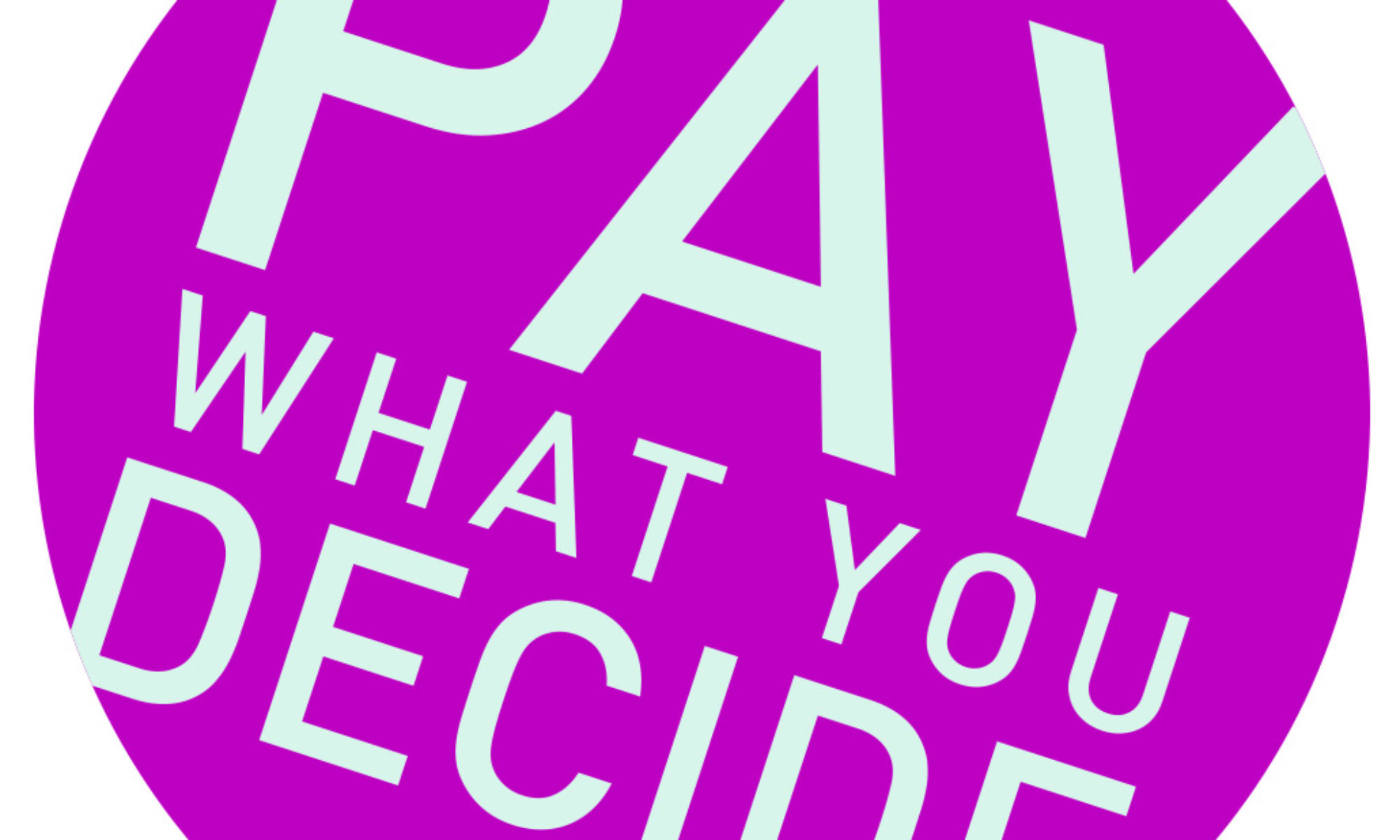Ticket pricing explored – Part 2

In the second of our Future Arts Centres blogs about how arts centres are experimenting with innovative pricing models, Annabel Turpin reports on ARC Stockton’s first full year of Pay What You Decide pricing.
Yes, I’m still blathering on about Pay What You Decide. If you’re sick of hearing me talk about it and have just clicked through in case there is anything new to say, the short answer is: it’s still working. If you are looking to become as much of a PWYD geek as me, then read on…
A quick summary of what’s happened so far: in January 2015 we introduced Pay What You Decide* pricing in our entire theatre, dance and spoken word programme at ARC Stockton. It was initially a six month experiment, borrowing the idea from Slung Low, which we hoped would increase our audiences. We wanted to encourage more people to see theatre, as well as encouraging people already seeing theatre to see more.
Despite being met with a significant amount of scepticism from peers, after the first six months, we were able to declare the experiment a success – audiences were up, box office income was up and we had increased the number of new audiences.
But what happened after that?
We opted to continue offering the programme on a PWYD basis – there seemed no reason not to – but it is important to say that we continued to protect artists from the risk by offering small guarantees (commensurate with what they would have received had we offered a box office split based on a fixed ticket price) set against a percentage of the PWYD income should that end up being more than the guarantee.
We have been inundated by requests for information and guidance from other venues and festivals, not just from the UK, but from the US, Canada and Australia amongst others. I promised that I would publish a full year’s results, so here they are.
Based on comparing our theatre, dance and spoken word programme for 2015, with the programme for 2014 (which was comparable in terms of the number and scale of performances), our figures show that:
- Audiences were up by 34.5%
- Income was up by 52%*
- Average ticket yield was up by 32%
- Audiences new to ARC were up by 31.25%
- Audiences new to theatre at ARC (ie had attended other artforms or activities) were up by 13%
*For comparison, gross income figures for 2015 have been compared with gross figures for 2014, so if you are VAT registered and paying VAT on box office income, there is an additional financial benefit of retaining the VAT element on sales which is not shown here.
Without doubt, PWYD has been the single most effective audience development strategy I’ve ever employed. It has genuinely encouraged people to take a risk, resulting in more people seeing theatre and as the financial results show, they have been valuing it too.
However, it is important to recognise the context and scale of ARC’s operation. ARC is a multi-artform arts centre situated in one of the most deprived wards in the country, where there is very little culture of theatre-going. Our theatre programme consists entirely of small-scale, new theatre work that is more usually found in fringe venues. We aren’t programming week-long runs of known adaptations, but presenting around 30 – 35 shows for one or two nights each per year. PWYD is not a model for everyone, but if you are trying to encourage new audiences to try new work, I recommend it.
With that in mind, and in response to the many requests we have received, we have just published a free PWYD toolkit, which can be downloaded here. We know from talking to other venues that have already tried it, that it’s working for them so we hope more organisations will consider trialing it too.
And if you do, please drop me an email and let me know how it goes – as I said, I’m a fully signed up PWYD geek now, so would love to add your figures to my spreadsheet!
Annabel Turpin
Chief Executive
ARC Stockton
annabel.turpin@arconline.co.uk
@annabelturpin
*Pay What You Decide is different to Pay What You Can. PWYC is about affordability: customers still pay in advance but set the price themselves; the implication is that they pay what they can afford. With PWYD customers book a ticket without making any payment, then decide after the show what they think it is worth – therefore removing the risk of paying for something you might not enjoy. PWYD therefore tackles both affordability and risk, two of the greatest barriers to people attending new work.
